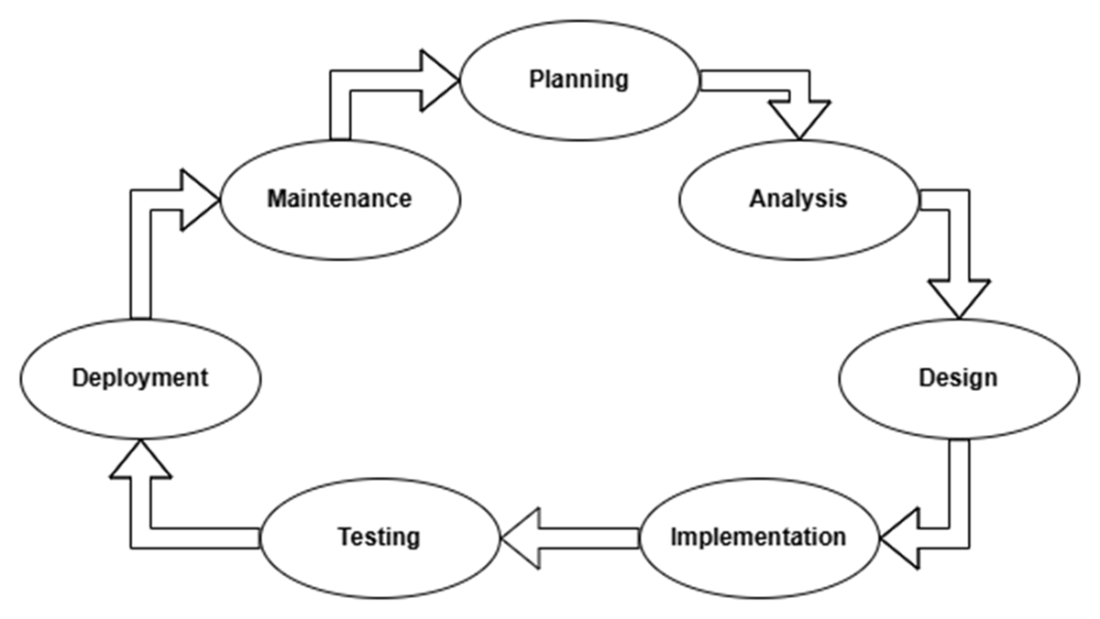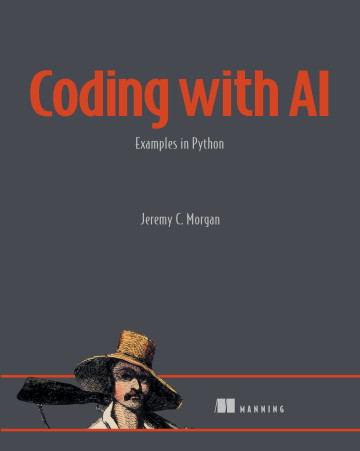3 Design and Discovery
This chapter explains how to use generative AI, specifically ChatGPT, to accelerate the design and discovery phases of software projects. It emphasizes starting with thoughtful planning rather than jumping into coding, and shows how AI can help clarify goals, explore options, and produce first drafts of design artifacts. While highlighting the model’s limitations—stochastic output, lack of true understanding, and potential inaccuracies—the chapter stresses prompt quality, critical review, and iterative refinement as the keys to extracting value. A running example—a Python-based web app for randomized certification practice tests—grounds the discussion.
The workflow begins by defining the problem and crafting precise, role-based prompts (for example, “act as a software design expert”) that request structure, pitfalls, and a design-document format. ChatGPT’s initial design covers a system overview (question pool, random selector, UI, grading), aligns with the SDLC, and proposes a technical stack; subsequent targeted prompts deepen sections and adapt recommendations to the team’s context (e.g., preferring Flask and SQLite over Node/React or heavier databases). The chapter demonstrates maintaining a single conversation to preserve context, steering outputs with concise follow-ups, and watching for red flags like generic patterns or tech choices that ignore constraints. A major benefit is shifting from creating content from scratch to curating and correcting a solid first draft, yielding substantial time savings without sacrificing intent.
Beyond architecture, the chapter switches persona to “product owner” to generate user stories that map the user journey—registration, starting tests, per-question flow, skipping, timing, submission, scoring, review of mistakes, progress tracking, and support. It encourages evaluating AI-generated content for clarity, accessibility, security, and scalability, and tailoring language and scope to the project’s needs (avoiding overengineering and YAGNI). The overall message: use AI to remove the blanks and spark ideas, but always verify, iterate, and keep decisions grounded in context so the team can spend more time on creative, high-impact work.
An example of the Software Development Life Cycle

The arrow shows where to find conversations in ChatGPT

Summary
- Craft Precise, Detailed Prompts. Articulate the task, context, and specific instructions with clarity in your prompts to guide ChatGPT effectively. Don’t be vague: ChatGPT will start guessing what you want.
- It’s a conversation. View the process as a collaborative effort. Refine your prompts iteratively to enhance the quality of the outputs. Treat it as a human conversation, and don’t be afraid to ask questions differently to get your desired response.
- Explore Multiple Options. Generate various responses for comparison. Avoid settling on the initial result without evaluation. We did that in this chapter to save space, but there’s nothing wrong with throwing out responses if they don’t meet your expectations.
- Ensure Technical Accuracy. ChatGPT can provide great information. Always verify it. Corroborate its responses and bridge any knowledge gaps with your human expertise.
- Don’t be afraid to utilize ChatGPT for brainstorming and creating initial drafts. You’ll be surprised what it comes up with. Be prepared to refine these first drafts into polished content later.
- Avoid Reliance on the Tool. ChatGPT is a powerful tool. Balance its use with critical thinking and independent analysis. Use it to assist you, but don’t let it do a job for you, especially if you don’t understand that job.
- Acknowledge ChatGPT’s Limitations. Remember that ChatGPT, despite its capabilities, has constraints in reasoning, accuracy, and depth. It should complement, not replace, your creativity, judgment, and domain knowledge.
FAQ
How can ChatGPT accelerate the design and discovery phase of a software project?
By shifting your work from creation to curation. ChatGPT can draft system overviews, technical stacks, design docs, and user stories in minutes, which you then refine. Teams commonly see roughly 75–83% time savings on early documentation because they avoid starting from a blank page.What limitations and risks should I consider when using ChatGPT for design?
- It cannot independently verify facts; outputs are probabilistic and may include inaccuracies.- It can sound confident yet be shallow or wrong; it lacks true real-world understanding.
- It has no personal identity or persistent memory across sessions.
- Always review outputs carefully, especially for security, compliance, or high-impact decisions.
How do I craft an effective role prompt for design help?
Give the model a clear role, task, context, instructions, and closing. For example: “Act as a software design expert. Help me design a Python/Flask web app for randomized 35-question HAM practice tests. Use my constraints, include structure and pitfalls, and produce a concise software design document.”Which prompt techniques work best for design tasks?
- Persona prompting: “Act as a software architect with 15 years of experience…” to shape expertise and tone.- Chain-of-thought: Ask it to think step by step for complex trade-offs or architectures.
- Few-shot: Show short examples of “good” output before asking for your own to set quality and format.
What should the initial design document for the HAM practice-test app include?
- System overview: Question pool database, question selector, user interface, grading component.- Data model: IDs, question text, options, correct answer, validation/update process.
- Pitfalls: Ensuring true randomness and no duplicates, handling unanswered questions, accessibility, data accuracy.
- Technical stack draft, development plan (requirements, backend/frontend, testing, deployment), and future considerations.
How can I use ChatGPT to dig deeper into specific sections of a design doc?
Stay in the same chat and ask for targeted elaboration. Examples: “Give more detail in ‘2. System Overview’” or “Refine section ‘5. Technical Stack’ assuming Flask.” Short, precise follow-ups leverage the existing context and produce focused expansions.What if ChatGPT suggests a tech stack that doesn’t match my team’s skills?
Steer it. State constraints (“This will be a typical Flask app; prefer SQLite initially”) and ask for updated recommendations, pros/cons, and migration paths. You can also request evaluation prompts like “Given our team is Python-heavy and the dataset is small, recommend the simplest stack and justify it.”What red flags should I watch for in AI-generated design documents?
- Generic architecture patterns with no rationale.- Tool choices that ignore your constraints (skills, budget, hosting).
- Missing error handling, security, or accessibility considerations.
- Overlooking cross-platform or performance needs when they matter.
 Coding with AI ebook for free
Coding with AI ebook for free